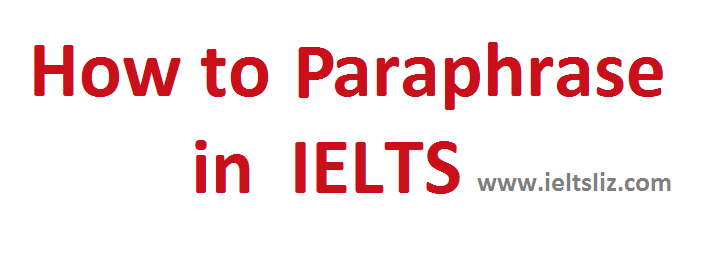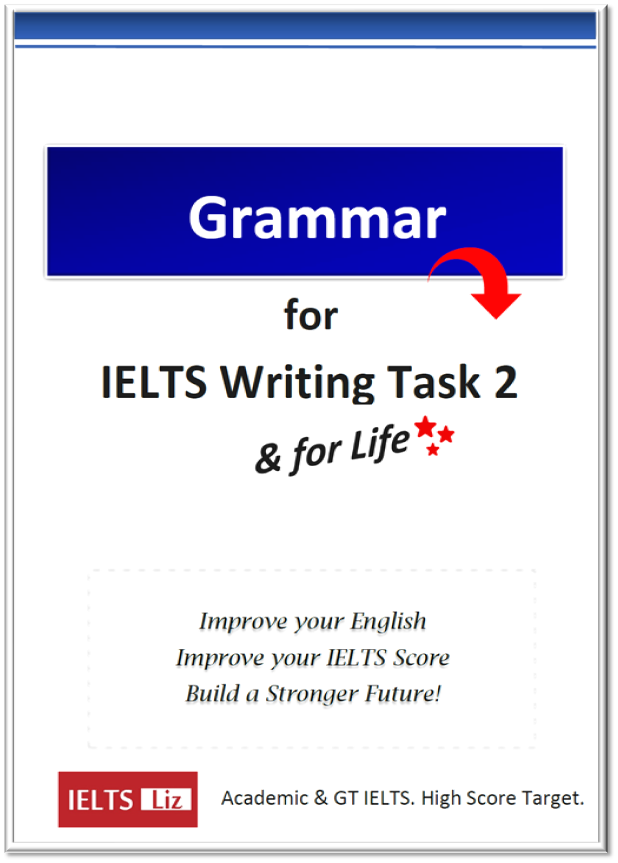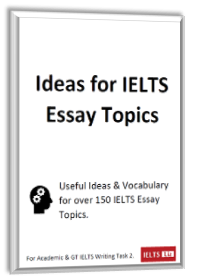As you know, many phrasal verbs are not suitable for IELTS writing task 2.
Phrasal Verb Paraphrasing
Below you will find some sentences which contain phrasal verbs. You need to replace replace the phrasal verbs with proper verbs suitable for a formal essay. In some cases, more that one verb is possible as a paraphrase.
- The business was set up in the 1980’s.
- People often prefer to hang out with other people who share similar perspectives on life.
- Students must hand in their applications before March 15th.
- Putting off visiting the doctor can result in symptoms becoming worse.
- Fires need to be put out immediately before they spread.
Answers
Click here: Answers to this lesson








